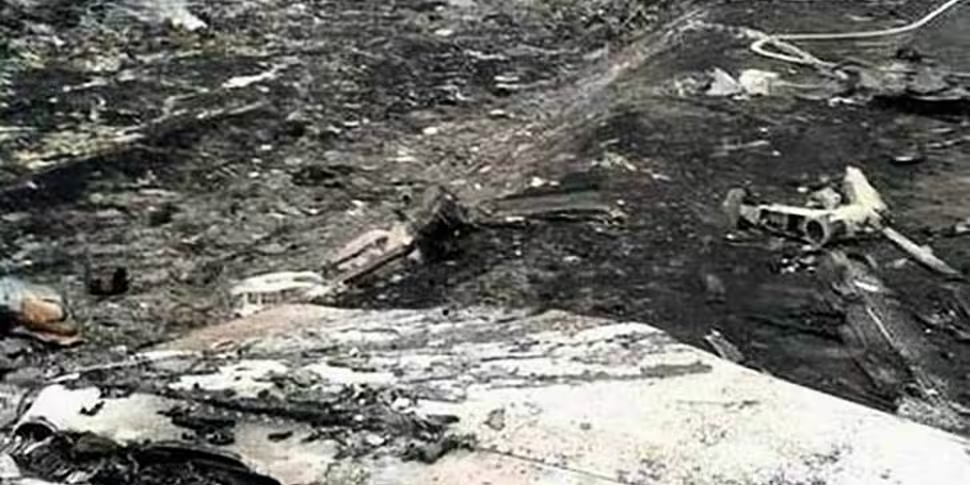A report from the Dutch Safety Board has found downed flight MH17 broke up in the air "probably as the result of structural damage caused by a large number of high-energy objects that penetrated the aircraft from outside".
It also found no evidence of technical faults with the Boeing 777-200 aircraft.
The Malaysia Airlines jet heading from Amsterdam to Kuala Lumpur came down in eastern Ukraine seven weeks ago, killing nearly 300 people on board.
"There are no indications that the MH17 crash was caused by a technical fault or by actions of the crew," it said.
Pro-Russian separatists have denied launching a missile at the aircraft.
The cockpit voice recorder, the flight data recorder and data from air traffic control all suggest that flight MH17 proceeded as normal until 13:20, after which it ended abruptly.
"A full listening of the communications among the crew members in the cockpit recorded on the cockpit voice recorder revealed no signs of any technical faults or an emergency situation."
'No warning from cockpit'
The report said there were no warning tones heard in the cockpit that might have pointed to technical problems.
"The flight data recorder registered no aircraft system warnings, and aircraft engine parameters were consistent with normal operation during the flight. The radio communications with Ukrainian air traffic control confirm that no emergency call was made by the cockpit crew."
The final calls by Ukrainian air traffic control made between 13:20 and 13:22 remained unanswered, it concluded.
The pattern of wreckage on the ground suggests the aircraft split into pieces during flight - suggesting an in-flight break up.
But it found that the airplane was airworthy when it took off from Amsterdam and was manned by a qualified and experienced crew.
However the report adds that it has not yet been possible to conduct a detailed study of the wreckage.
Last month, the Dutch Safety Board reported that only a few investigators were able to visit the crash site. Attempts to access the wreckage have been heavily restricted due to fighting between Ukrainian forces and pro-Russian rebels, with international investigators having only made a few brief visits to the site.
But the board says the available images show that "the pieces of wreckage were pierced in numerous places. The pattern of damage to the aircraft fuselage and the cockpit is consistent with that which may be expected from a large number of high-energy objects that penetrated the aircraft from outside."
It finds that more research will be necessary to determine more precisely what caused the crash and how the airplane disintegrated.
The board says the research team will start working towards producing the definitive investigation report, which it aims to publish within one year of the date of the crash.









